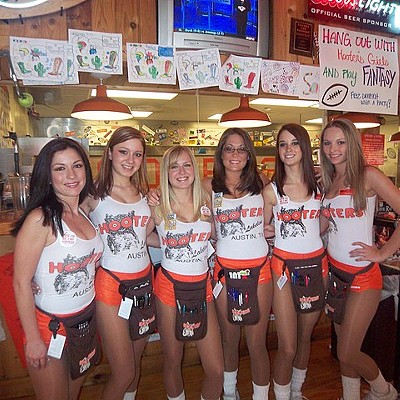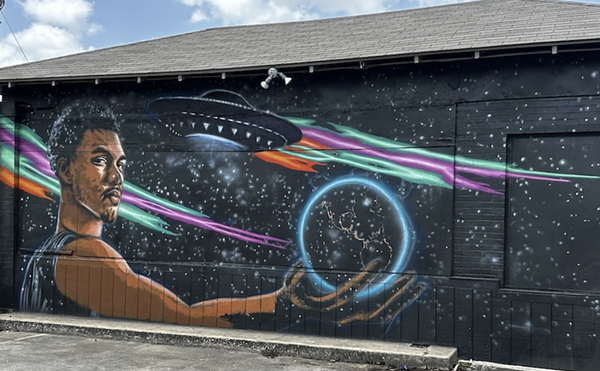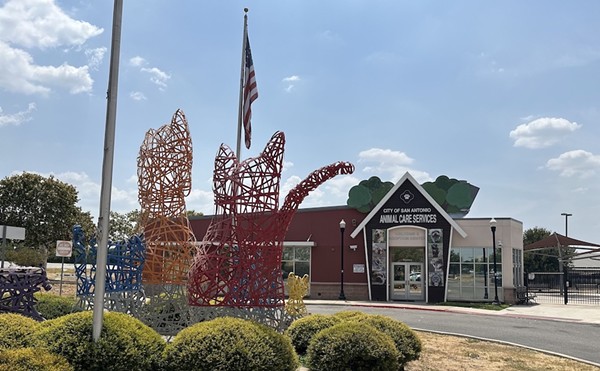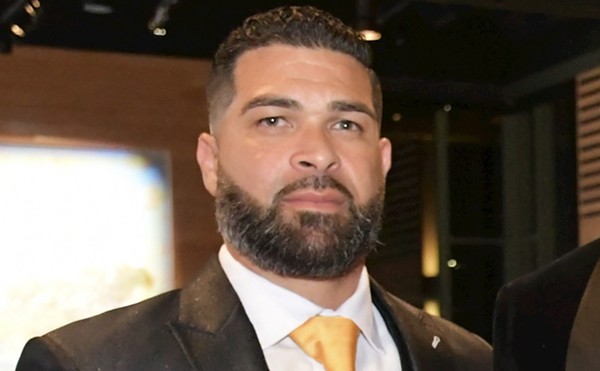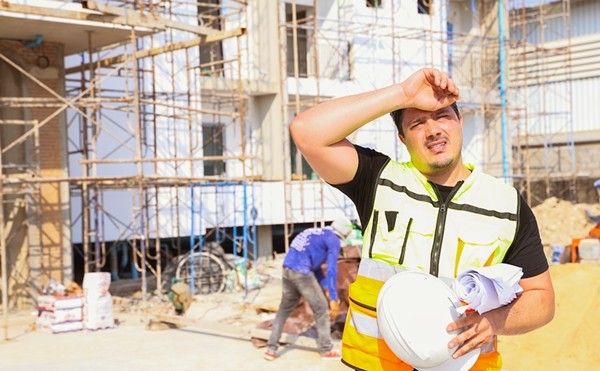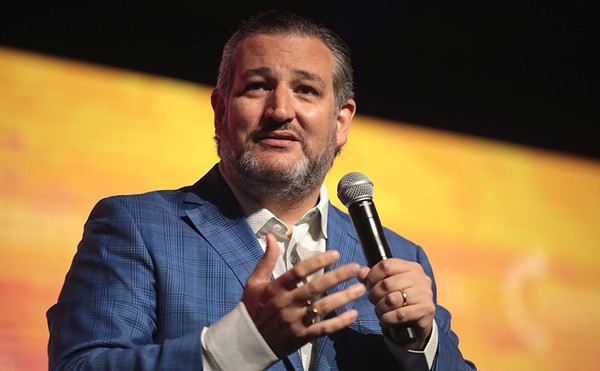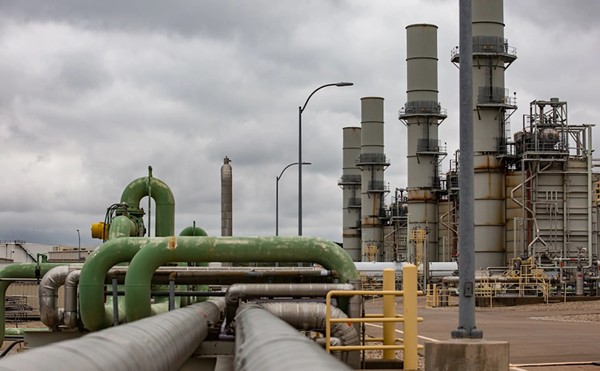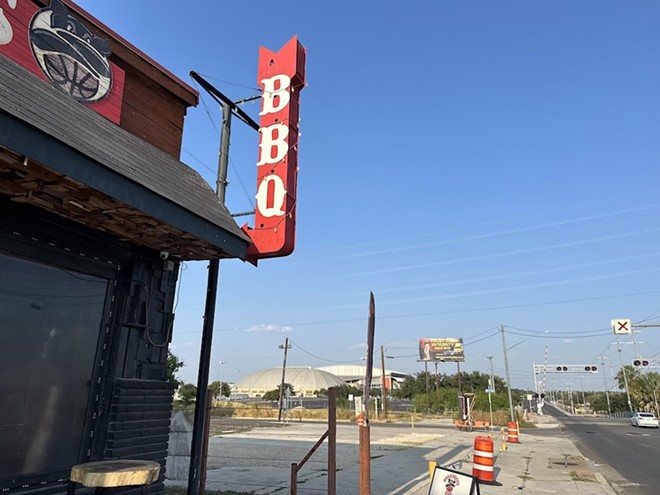
Beyond the San Antonio Spurs lassoing No. 1 draft pick Victor Wembanyama, the year's biggest local sports story centers around the franchise — along with Minor League Baseball's San Antonio Missions — exploring the concept of a downtown sports district.
Details are still vague and it could be years before such a plan comes to bear — if at all. The Silver and Black's lease on the aging AT&T Center, soon to be the Frost Bank Center, doesn't expire until 2032.
Some speculate that bringing professional sports downtown can revitalize a city center still struggling to rebound following the COVID-19 pandemic. Demand for luxury and upscale hotels downtown failed to exceed pre-pandemic levels in June and July, according to a new study by analytics group Co-Star.
Even so, there's reason to be dubious, experts warn.
Rarely do sports stadiums bring in the economic growth and revitalization promised by city officials, according to economists. Just look at the area surrounding the AT&T Center on San Antonio's East Side for an indication on unfulfilled economic promises.
And then there's the cost. If past NBA arenas are any indication, the Spurs' new facility alone would likely exceed $1 billion, excluding infrastructure improvements and costs other than constructing the facility itself.
Some sports districts have proven to be an economic booster shot for their communities, but economists say few pro-sports facilities deliver on the promises made by team owners and city leaders.
"I think there's pretty clear evidence from economists that public subsidies for stadiums are like reverse Robin Hood," Trinity University professor of economics David Macpherson said. "That is, they always claim there's economic benefits from building stadiums and arenas, but that never happens."
The rise of the sports district
Around the year 2000, the model of suburban sports arenas surrounded by massive parking lots gave way to a new concept — the Sports Entertainment District.
These districts, often located in city centers, tend to be built with a combination of public and private funds, according to Ricard Jensen, a senior sports marketing lecturer at the University of Texas San Antonio. The idea is to encourage the development of hotels, retail space and entertainment venues around the arena.
"These districts typically get lots of incentives from the city, county and state," Jensen said. "Then we allow these incentives to recruit different types of businesses to that district. The whole idea would be that you're not just building a stadium — what you're building is a great center of economic development where you're going to make it as easy as possible for other businesses to want to be a part of this area."
The most comparable example to what Spurs and Missions ownership is proposing is Sacramento, California's Downtown Commons entertainment district, also known by its hip moniker DoCo.
As often precedes the development of a pro-sports arena, the NBA's Sacramento Kings threatened to relocate if the city didn't provide the team with a new facility. Ultimately, Sacramento agreed to spend more than $200 million in taxpayer funds to help the Kings build the new Golden 1 Center, replacing a mostly vacant two-story outdoor mall that had lost its luster since being developed in the early '70s.
Not only would the city help subsidize the new stadium's construction, but taxpayers would fork over another $250 million to help build DoCo, a six-block sports entertainment district surrounding the Golden 1 Arena, according to the Sacramento Bee.
It's unclear what, if any, positive economic impact downtown Sacramento has experienced since the construction of DoCo, according to economists. However, that isn't stopping San Antonio leaders from rooting for a similar project here in a bid to restore downtown to pre-pandemic occupancy rates.
Recipe for success
In DoCo's case, developers appear to have guaranteed funding for the retail, hotel and entertainment venues around the arena before it was built, according to a joint press release from the City of Sacramento and developers there. In other words, public subsidies weren't the key driver.
This type of agreement is rare, according Andrew Zimbalist, who teaches sports economics at Massachusetts' Smith College. There's no guarantee that private business investment will follow the public subsidies that go into a sports district, and developers often make big promises on which they fail to deliver.
"When the situation doesn't work out well, what happens is that the private capital is small or at least modest, and very often it doesn't reach the promised level," Zimbalist said.
Zimbalist used Cincinnati's 65,000-seat Paycor Field, home of the NFL's Bengals, as a prime example of what happens when previously promised private development money doesn't materialize.
When Paycor Field, located downtown on the banks of the Ohio River, was completed nearly a quarter century ago at the cost of $773 million in today's money, city officials expected the stadium to drive development in the surrounding neighborhood. However, that development never came, and Paycor Field is now consistently ranked among the worst stadiums in the NFL, Zimbalist said.
Indeed, Rackspace Technology Inc. and local developer Graham Weston purchased a stake in the San Antonio Missions last year, meaning that development money could be guaranteed for the retail, condos and hotels that would hypothetically dot the San Antonio Entertainment and Sports District.
But would it benefit downtown and the city at large? That depends who you ask.
The Reality
When Bexar County approved funding for the construction of the AT&T Center, officials said the $186 million arena would stimulate growth on the economically stagnant East Side. However, it's hard for fans attending a Spurs game to see much of that promised development — other than a few nearby residents charging $20 for parking.
After word got out that the Spurs might be looking to move downtown, District 2 City Councilman Jalen McKee-Rodriguez quickly pointed out the AT&T Center's failure to deliver an economic upswing for his district.
"Off the jump, this leaves the question of what happens to the AT&T Center that never fulfilled its promises to spur positive development on the [E]ast [S]ide," McKee-Rodriguez wrote on X, the social media platform previously called Twitter. "A new stadium cannot and should not happen until there are steps to remedy this broken agreement."
Even if a hypothetical Spurs-Missions sports district can emulate Sacramento's DoCo success, Smith College's Zimbalist is skeptical of the economic output it could deliver for San Antonio.
"Sometimes the investment that you get near this new facility is an investment that is already in town," he said. "What happens is a restaurant or whatever moves from location A to location B to try to take advantage of the activity around the sports stadium to get more business."
Beyond that, in the era of ultra-luxury sports stadiums which offer bars, entertainment and array of dining options, it's more likely that fans will spend most of their money inside the facility as opposed hitting local dining and drinking establishments before or after the game, critics also note.
Zimbalist and Jensen both agree that the notion of a sports arena bringing new money into a city is a myth. Fans who will attend games in the new arena are the same ones who attended games at the old stadium.
In the end, it would be a long shot for a downtown sports district to revitalize San Antonio's struggling city center, according to Zimbalist.
What it could do, according to Jensen, is bring more elite sporting events, such as the NCAA Men's Final Four Tournament, to San Antonio. NCAA officials recently passed over the aging Alamodome for the 2031 tournament.
But, in a city with one of the highest poverty rates in the country and other pressing needs, are taxpayers willing to cough up more money for a sports district that may not be able to deliver much else other than more NCAA tourneys?
After witnessing the AT&T Center's failure to rejuvenate its neighborhood, that may be a hard sell, even to some-die hard Spurs fans.
Subscribe to SA Current newsletters.
Follow us: Apple News | Google News | NewsBreak | Reddit | Instagram | Facebook | Twitter| Or sign up for our RSS Feed




